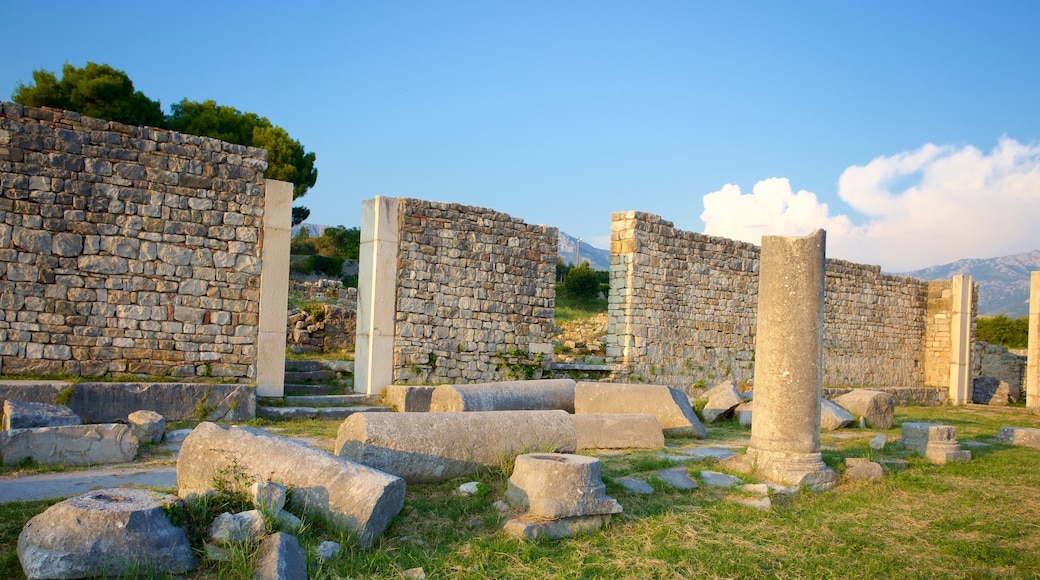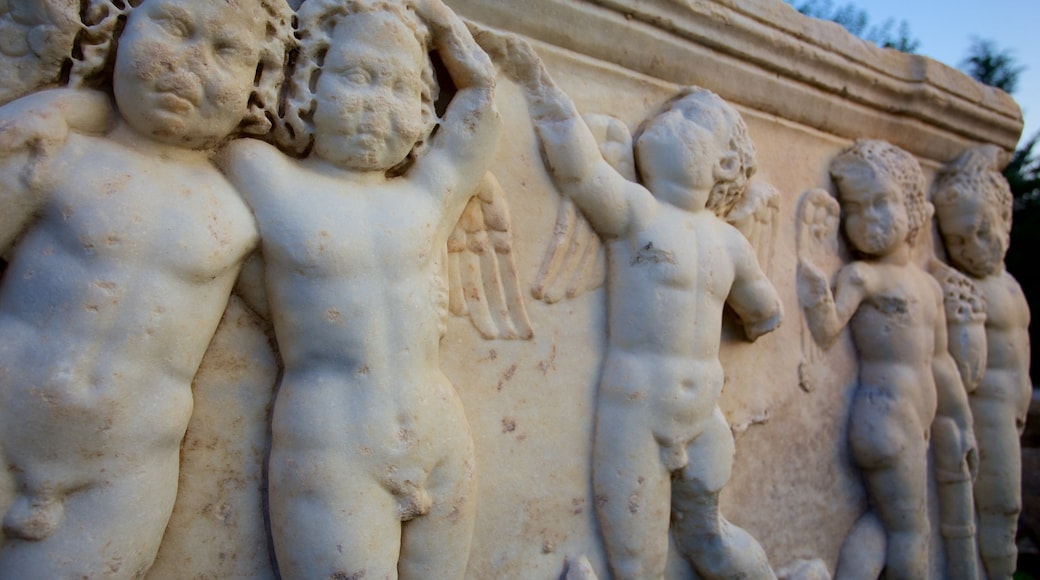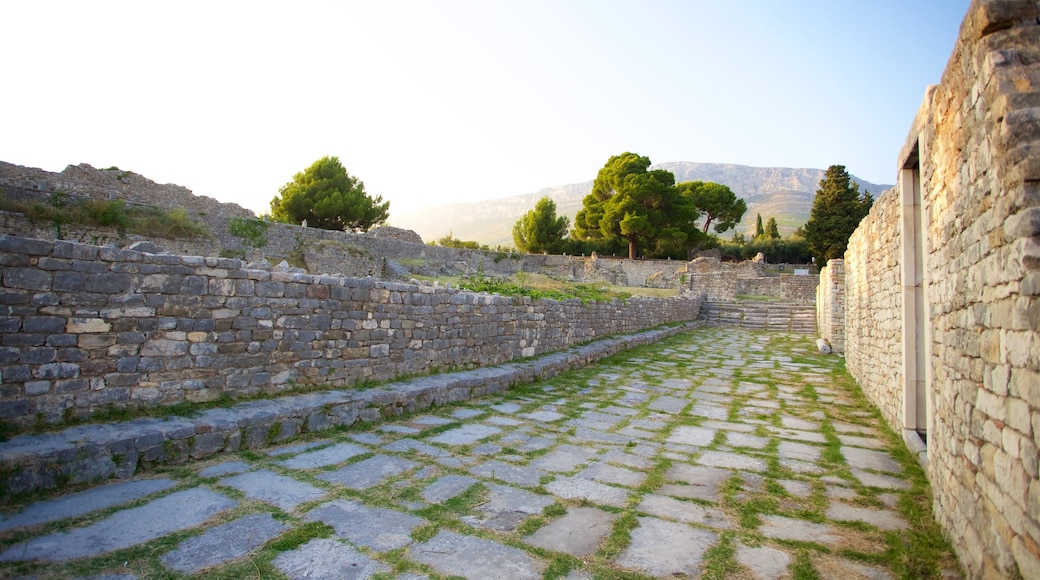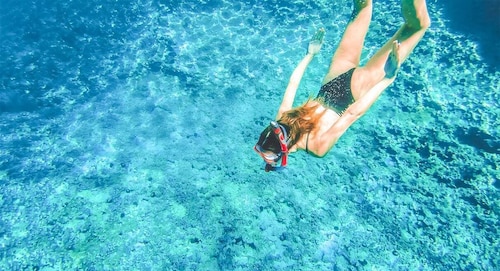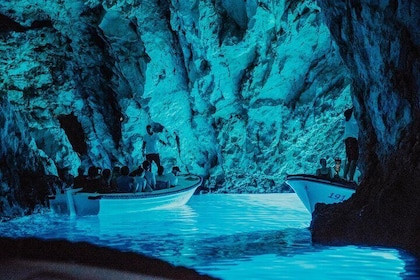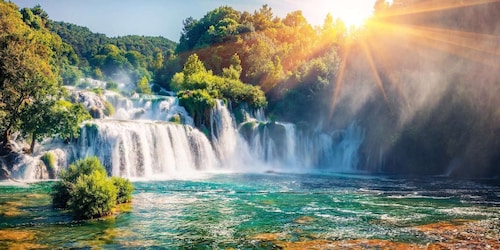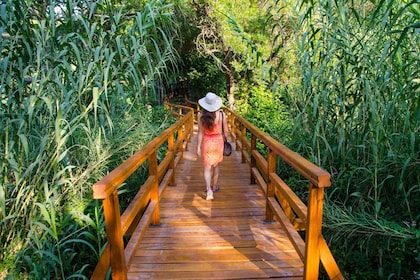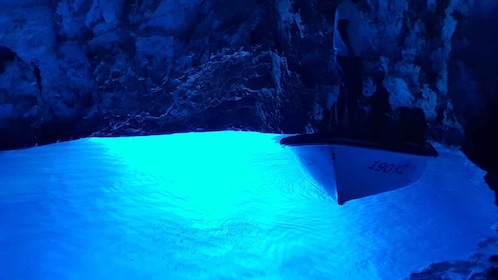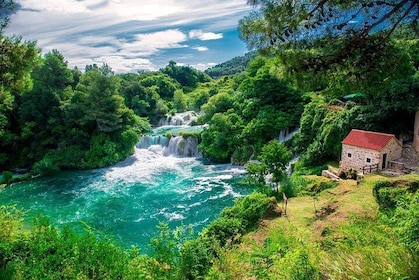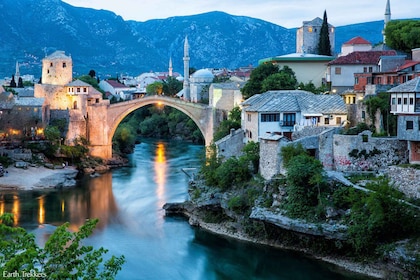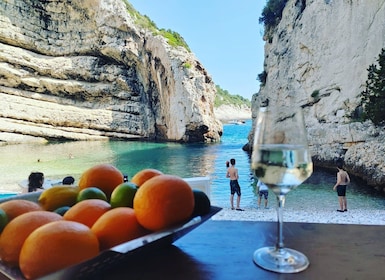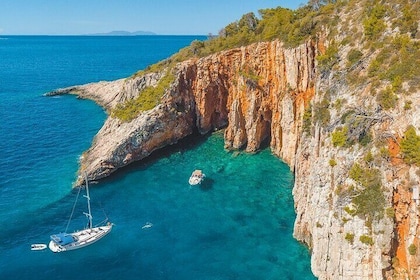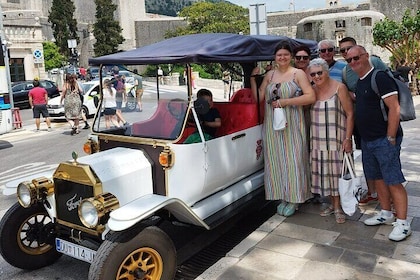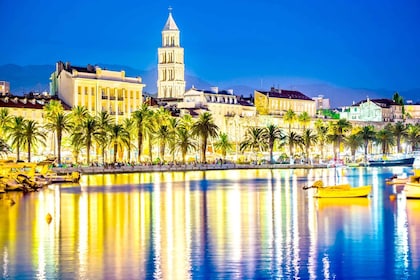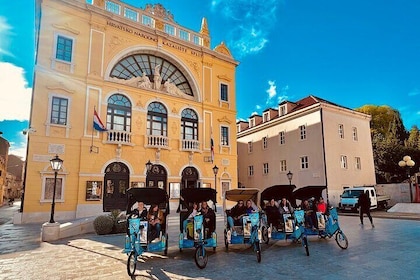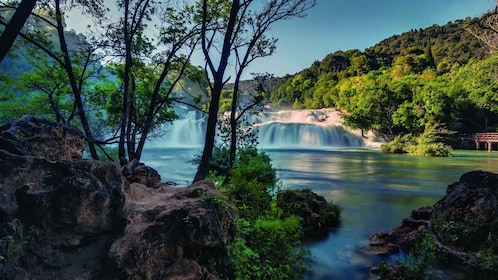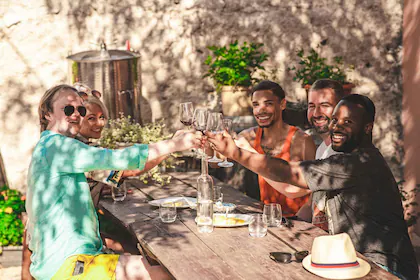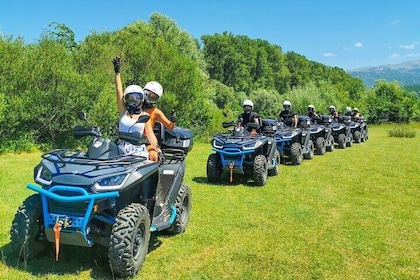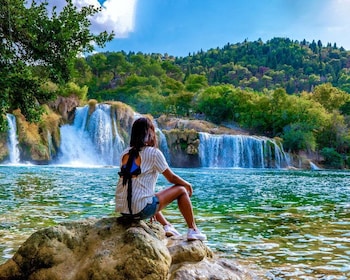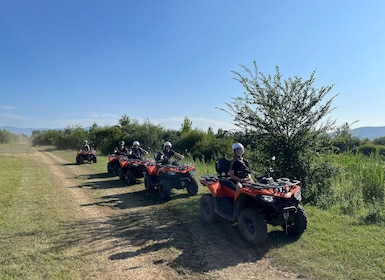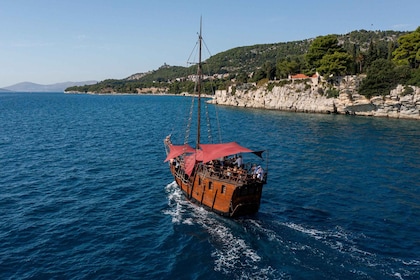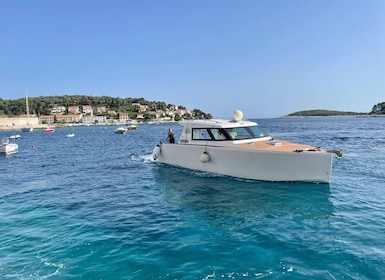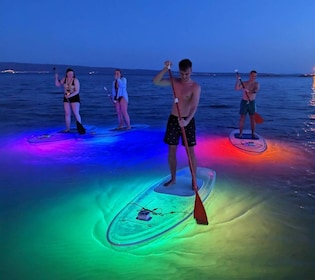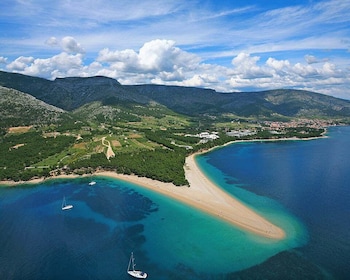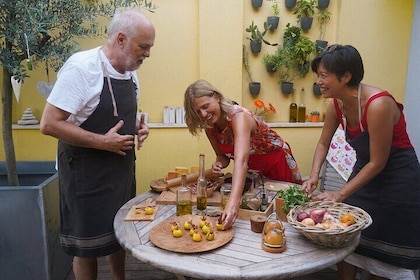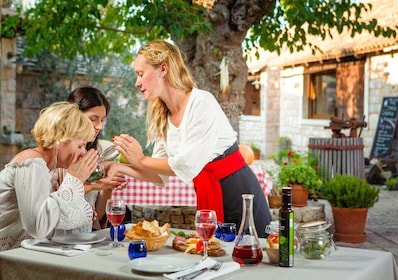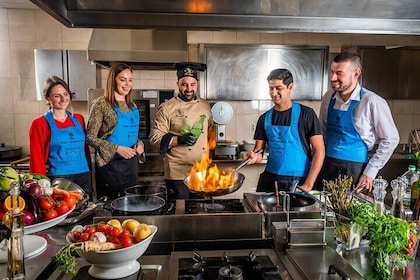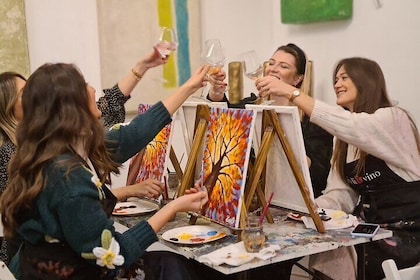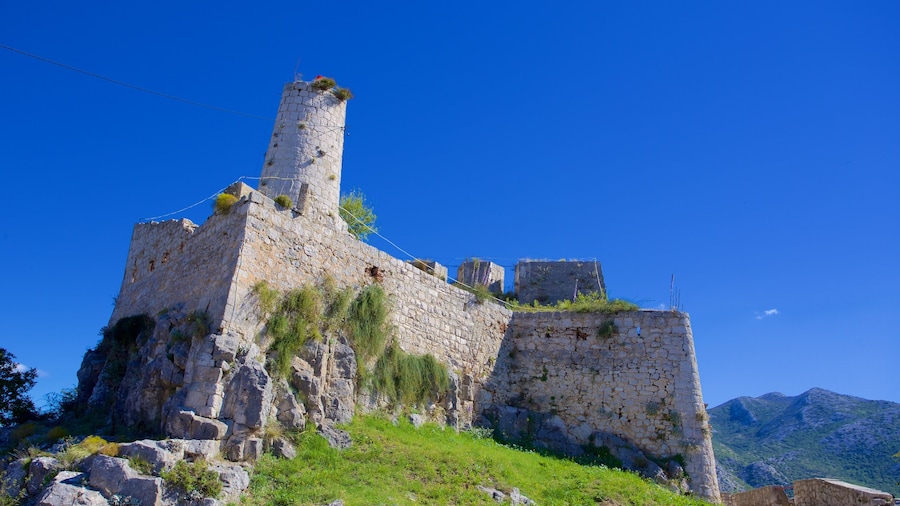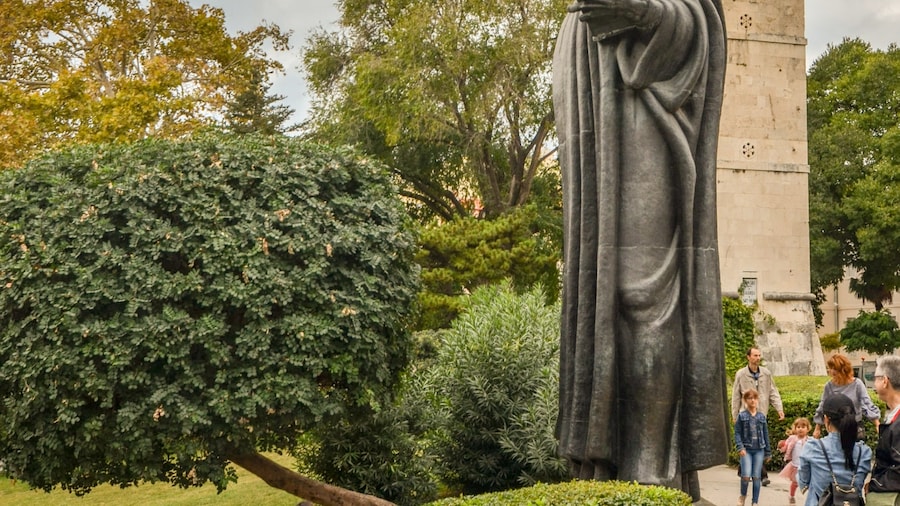Gain insight into Dalmatia’s Roman past at these expansive ruins, which include the remains of an impressive amphitheater.
The Salona Ruins are all that remains of the ancient town of Salona, the once powerful political center of Dalmatia. Learn about life in Salona during ancient times and see remnants of old Roman buildings and early Christian structures.
Salona was originally inhabited by the Greeks. When the Romans took control of Dalmatia, Salona became the capital of Dalmatia. It later became part of the Byzantine Empire. In the sixth century, it was razed by the Slavs and Avars and its citizens fled to Diocletian’s Palace for safety. Discover the intriguing relics, which act as testament to the town’s former wealth and power.
Often overlooked in favor of Split’s Diocletian’s Palace, Salona’s ruins are usually less busy, allowing visitors more space to explore at their own pace without having to contend with crowds. Check out the grand amphitheater, the largest and most impressive building in Salona. Constructed in the second century, this vast arena may have held more than 15,000 spectators. In the 17th century, it was sacked by the ruling Venetians who removed the marble to build a palace.
Seek out the Manastirine, an open-air cemetery where early Christian martyrs are believed to have been buried. Among the graves discovered here during archeological digs is one that is said to contain the remains of Saint Domnius, the third-century Bishop of Salona and the patron saint of Split.
Don’t miss the first-century aqueduct with partial arches surviving. The site also contains relics of a thermal bath complex, as well as early Christian structures, including a three-nave cathedral and an octagonal baptistery. Stop at the small Tusculum Museum near the entrance where you can learn about the archeological work performed here and pick up informational leaflets and brochures.
Salona Ruins are located about 3 miles (5 kilometers) northeast of Split in the town of Solin. To get here, use local bus services from Split or drive. The site is open daily from April through September, with early closing on Sundays. From October through March, it is closed on Sundays. There is a fee for entry and you may arrange a guided tour for a additional fee.


